Survival Stories
Homeowner Arrested After Fatal Defense: A Survivalist’s Lesson in Preparedness
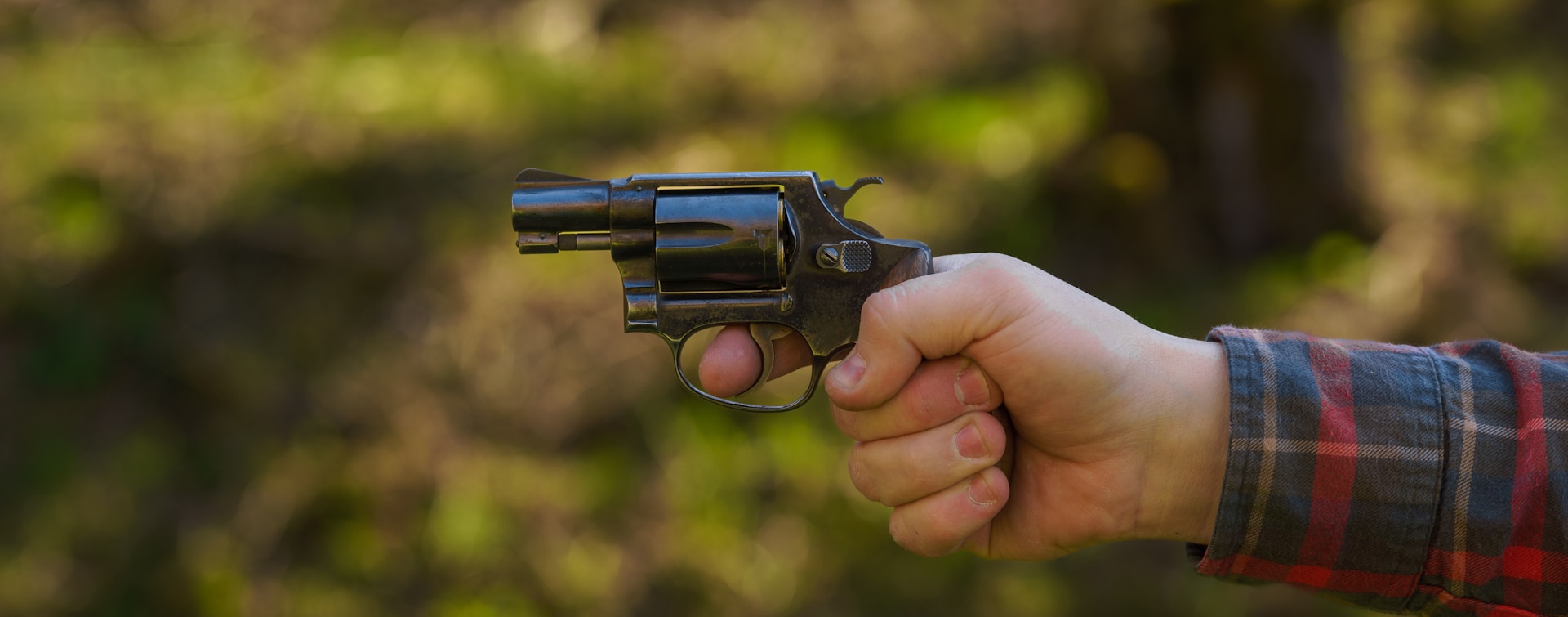
In the quiet town of Dover Township, Northern Michigan, a startling event unfolded in the early hours of February 5th. A homeowner, a 63-year-old man, was arrested following the fatal shooting of an individual who was reportedly trying to enter his house in the middle of the night. The Lake County sheriff’s deputies were the first responders on the scene.
The identity of the suspect is currently being kept confidential until his arraignment in a Lake County District Courtroom. The incident was initially reported at 1:47 a.m. as a potential break-in at a residence on North Skookum Road.
“The homeowner – a 63-year-old man – told dispatchers that he shot the intruder.”
Upon arrival, the sheriff’s deputies discovered a 61-year-old man dead from a gunshot wound. The exact location of the wound was not disclosed by the police.
In a surprising twist, the police revealed that the homeowner and the deceased man were not strangers. They were known to each other and had been drinking together before the incident occurred.
“The 63-year-old man was arrested at the scene and lodged at the Lake County Jail.”
The incident has sent shockwaves through the local community. As the investigation continues, residents are reminded to stay vigilant and report any suspicious activities to the local authorities.
Our Thoughts
This tragic incident serves as a stark reminder that danger can lurk even within our known circles. It’s a wake-up call that preparedness isn’t just about guarding against the unknown, but also understanding the potential risks in our immediate environments.
The fact that the homeowner was arrested after defending his home is a complex issue. On one hand, it underlines the importance of knowing when to use force in self-defense. On the other, it highlights the murky waters of law enforcement when it comes to such situations.
The shockwaves that this incident has sent through the local community are understandable. It is in times like these that vigilance and community solidarity become crucial. Reporting suspicious activities can make the difference between a safe neighborhood and a vulnerable one.
As survivalists, we must remember that preparedness is a continuous process. It doesn’t end with having the right gear or knowing survival tactics. It extends to understanding the dynamics of our relationships, our communities, and our legal responsibilities.
Let us know what you think, please share your thoughts in the comments below.

Survival Stories
Unseen Advantage: Law Enforcement’s Rapid Adoption of Optics

In the world of law enforcement and survival, the ability to quickly and accurately assess a situation can make all the difference. This is why the rapid adoption of optics by law enforcement agencies is hardly surprising. These tools provide a wealth of visual information, aiding in making more informed decisions. A key factor in the selection of these optics is the window size, but it seems that co-witness sights, which can sometimes occupy half of the entire optic window, often don’t receive the attention they deserve.
“Without question, the speed with which LE agencies have adopted optics is testament to the advantage they offer: more visual information that yields better decisions.”
Interestingly, suppressor height sights are frequently paired with optics. To comprehend why this particular sight remains a popular choice when selecting co-witnessing sights, we must journey back in time. Around 2009, shooters, both professional and non-professional, began to repurpose a solution initially designed for Close Quarters Battle (CQB) rifle work for use on pistols.
The Trijicon RMR, a compact electronic optic, was a welcome alternative to the larger optics typically seen on competition pistols. Its smaller size offered more holster options, less likelihood of snagging in the field, and a more robust window and housing. As a result, it addressed many of the issues raised by professional users, leading to a shift towards an optics sighting solution within the firearms community.
“The smaller footprint meant more holster options, less to get caught on while in the field, and a less delicate window and housing.”
This shift was spearheaded by individuals in the military, law enforcement, defensive firearms instruction, and competition professionals. With the introduction of these optics, performance improved, and new shooters were able to develop accuracy and speed more quickly. The instinctual focal plane response to stress, which previously had to be trained out, could now be utilized as an asset by Firearms Instructors working with students who had optics on their pistols.
“Performance increased, accuracy and speed developed sooner with new shooters, the intuitive and instinctual focal plane response to stress no longer needed to be trained out—and instead, the threat-focus could now be an asset used by Firearms Instructors working with students who had optics on their pistols.”
As the popularity of optics grew, the aftermarket and firearms manufacturers responded by supporting this “new” sighting system. However, one critical component of the system was often overlooked: the back-up sights. This oversight highlights the need for a comprehensive approach to firearm optics, one that considers all elements of the sighting system to ensure optimal performance and safety.
Our Thoughts
The adoption of optics in law enforcement is a testament to the technology’s effectiveness. It’s no surprise that tools that enhance visual information, thus enabling better decision-making, have become a staple in the arsenal of law enforcement agencies.
The rise of the Trijicon RMR is particularly noteworthy. Its compact size and robust design addressed many of the practical concerns of professional users, leading to a broader acceptance of optics as a sighting solution.
The benefits of these optics extend beyond their practicality. They have brought about a shift in the training of new shooters, turning the instinctual focal plane response to stress into an asset rather than a hurdle to overcome. This has undoubtedly contributed to the improved performance observed among new shooters.
However, the focus on the main optic often results in the neglect of back-up sights. This is a reminder that a comprehensive approach to firearm optics is necessary to ensure optimal performance and safety. After all, a tool is only as good as the system supporting it.
Let us know what you think, please share your thoughts in the comments below.
Survival Stories
Mental Resilience: The Overlooked Key to Survival Success
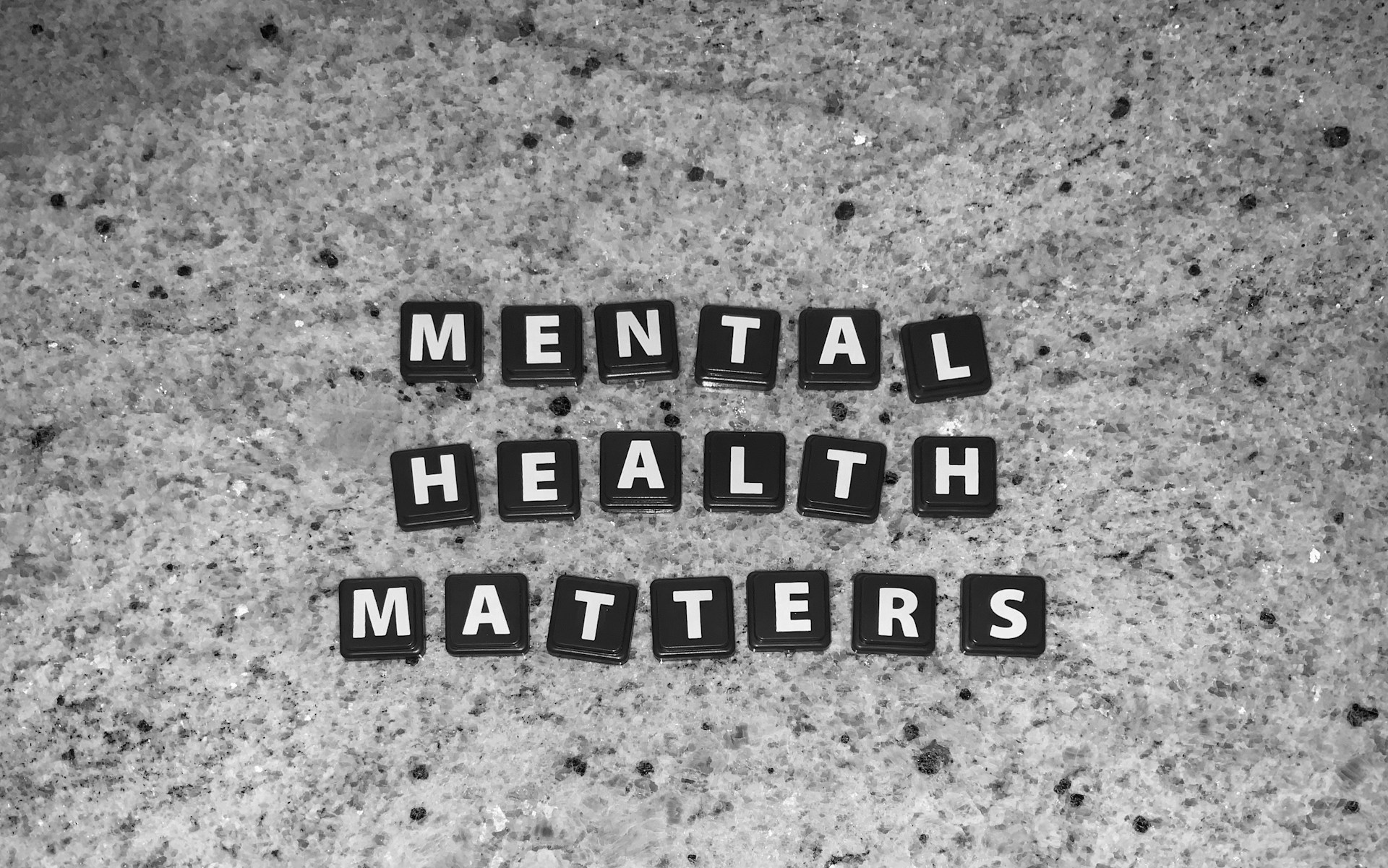
In the realm of survival, we often focus on the physical aspects: the gear, the skills, the terrain. Yet, one crucial element often overlooked is our mental health. As a seasoned survivalist and a licensed mental health therapist, I’ve experienced firsthand the importance of mental resilience in a crisis.
I recall an incident during my first exploration of Red Rock Canyon. The vast, humbling landscape was a sight to behold, but it was also a formidable challenge. Despite my preparations, I found myself lost on a wild game trail, far from the intended path.
“Okay, no big deal,” I reassured myself. “I’ll just retrace my steps.”
But the creeping sense of panic was undeniable. I was low on water, surrounded by thick brush, and far from any signal. It was in this moment that my mental health training became as crucial as my survival skills.
“If anyone can figure this out, I can.” I thought. Or rather, tried to convince myself….
The human brain has a built-in survival mechanism known as the fight-flight-freeze response. When faced with danger, our heart rate increases, our pupils dilate, and our breathing becomes rapid. While these physiological changes can enhance our strength and speed, they can also lead to panic attacks, which can be detrimental in a survival scenario.
Soldiers and first responders are trained to manage this response, and so can civilians. Understanding mental health first aid can be a lifesaver in personal emergencies or when trying to calm someone else in a crisis.
“Okay…” I thought, “let’s just backtrack a little. See if I can’t find the main trail.”
I remembered the acronym S.T.O.P., taught in wilderness survival classes: Sit, Think, Observe, Plan. I sat down, focused on my breathing, and began to regain control of my racing thoughts.
“Breathe.” I thought. “In through the nose, slow. SLOW. Hold it for a few seconds. Now release through the mouth even slower. Pause. Repeat.”
I knew I had to control my thoughts to improve my feelings and make good decisions. Catastrophic thinking like “I’m gonna die” or “What if a rattlesnake bites me?” could trigger panic mode.
“Okay, what do we know?” I thought. “I know I can’t be too far off-course, no more than a couple miles. I know a few people knew generally where I was going (but not the specific trailhead) and that I expected to be back by nightfall. I know I have survival training and some kit with me that would help me make it through the night if needed. I can do this.”
After observing my surroundings and assessing my resources, I made a plan. I decided to head in the direction of what I believed to be a road, using a large branch to tap the ground in front of me to ward off any potential rattlesnakes.
In the end, I made it back to my vehicle without having to spend the night in the desert. The experience was a stark reminder of the importance of mental health in survival situations.
In the aftermath of a crisis, people will be in panic mode. Knowing how to guide someone through the stresses of a crisis can help mitigate some of the negative effects of traumatic events.
First, ensure the scene is safe. Then, assess the group, find helpers, and triage the situation. Ground the person by asking them to describe their surroundings and their feelings. Encourage slow, deliberate breathing and validate their experiences.
Long-term effects of repeated activation of the fight-flight-freeze response can include panic attacks, nightmares, and flashbacks. If you’re prone to these symptoms and find the techniques described here aren’t helping, consider seeking help from a licensed therapist.
Remember, it’s not a matter of being weak or strong. Some of the bravest individuals I’ve worked with have sought therapy for their symptoms. It takes great strength and bravery to ask for help.
Since my experience in Red Rock Canyon, I’ve incorporated mental health first aid and awareness into my survival teachings. I’ve also adjusted my approach to hiking, ensuring I communicate my exact route and expected return time, carry more water, and stay focused on the trail.
Survival isn’t just about the physical. It’s about the mental too. And with the right skills and mindset, we can navigate any crisis with resilience.
Our Thoughts
This compelling account underscores the often overlooked but critical role mental health plays in survival scenarios. The author’s experience in Red Rock Canyon drives home the importance of not just physical preparation, but mental preparedness as well.
The fight-flight-freeze response, while instinctual, can be detrimental if not properly managed. As survivalists, we should heed the author’s advice and learn to control this response, much like soldiers and first responders are trained to do.
The S.T.O.P. method is a useful tool in regaining control of our thoughts and feelings in high-stress situations. It’s not just about physical survival skills, it’s about mental resilience and clarity of thought.
Moreover, the importance of understanding mental health first aid cannot be overstated. It can be a lifesaver, not just for ourselves, but for others in crisis.
Ultimately, the author’s story is a reminder that survival isn’t just about the gear, the terrain, or the skills — it’s about the mind too. And in the face of adversity, with the right mindset, we can navigate through any crisis with resilience.
Let us know what you think, please share your thoughts in the comments below.
Survival Stories
Survival Essentials: Choosing and Mastering Your Firearm for the Wilderness

In the world of survival, the value of a reliable and accurate firearm cannot be overstated. Bradford Angier, a respected voice in the survival community and author of “How to Survive in the Woods,” once stated, “The best survival weapon, it follows, is a flat and hard shooting rifle. There is no need to append that it should be rugged, accurate, and durable.” This statement, penned in 1969, remains as true today as it was then.
In Angier’s era, the leading .22 rifles included the Armalite AR-7, Marlin model 60, Ruger 10/22, and Remington Model 66. Despite some of these models no longer being in production, they remain among the best survival firearms available today, and can often be found in excellent condition on used gun racks.
Angier’s writings also sparked a debate that continues to this day: if you could only have one gun, should it be a .22 for taking small game and allowing you to carry more ammo, or a larger centerfire rifle capable of taking down a larger animal for more substantial rations? This question remains a popular topic of discussion among survivalists.
Since Angier’s time, survival rifles have gained popularity, with many companies now offering models with features such as take-down capabilities, synthetic furniture, and adjustable stocks. The COVID pandemic and resulting meat shortages have also led to a surge in firearm ownership, as people consider the possibility of hunting their own food if supermarkets can’t provide.
However, owning a survival rifle is only part of the equation. Knowing how to use it effectively is equally, if not more, important. This includes understanding the fundamentals of marksmanship and knowing how to adapt to different shooting positions.
In the early 20th century, the three primary shooting positions were standing, kneeling, and prone. These positions offer varying degrees of stability, with prone being the most stable but also the most time-consuming to get into. More likely, shots will be taken while standing, sitting, or kneeling with the rifle supported against a tree or other object.
Training with a .22 rifle can be an effective way to practice these positions and make adjustments to your shooting technique. The recoil of a .22 is much less jarring than that of a larger centerfire rifle, making it a more comfortable option for sustained practice.
Each shooting position has its own advantages and trade-offs. For example, the prone position offers great stability but takes time to get into and can be uncomfortable in cold weather. The standing position is quick and allows for easy reloading but is less stable. In a survival situation, you may need to use variations of these positions, or even shoot from your non-dominant side.
Training should mimic real-world scenarios as closely as possible. This means using available objects for increased stability, such as a backpack or tree branch, and adjusting the size of your target as you move from more stable to less stable positions.
Training with a .22 rifle can also be a cost-effective way to improve your marksmanship. The cost of ammunition has risen significantly in recent years, making it more expensive to practice with larger centerfire rifles. The fundamentals learned with a .22 can later be applied to centerfire ammunition.
A survival rifle is a valuable tool for any survivalist, but knowing how to use it effectively is crucial. This includes understanding the fundamentals of marksmanship, being able to adapt to different shooting positions, and training in a way that mimics real-world scenarios. As Bradford Angier once said, the best survival weapon is a flat and hard shooting rifle, but it’s also important that it be rugged, accurate, and durable.
Our Thoughts
Bradford Angier’s wisdom about the value of a reliable, accurate firearm in survival scenarios still rings true. In today’s world, the importance of firearm adaptability, durability and accuracy is even more pronounced, given the uncertainties that we face.
The debate on whether to choose a .22 rifle for small game and larger ammo capacity or a centerfire rifle for larger game and substantial rations is a testament to the diversity of survival scenarios. This highlights the need for individuals to understand their specific survival needs and equip themselves accordingly.
The advancements in survival rifles, from take-down capabilities to adjustable stocks, demonstrate the evolution in survival gear. This evolution is driven by the need for versatility and adaptability in survival situations. The surge in firearm ownership due to the COVID pandemic also underscores the importance of self-reliance in uncertain times.
However, owning a firearm is just one part of the equation. The mastery of different shooting positions, understanding of marksmanship fundamentals, and the ability to adapt are key to survival. Training with a .22 rifle is an effective and cost-efficient way to hone these skills.
In conclusion, survival is about more than just having the right tools. It’s about the knowledge and skills to use them effectively. As survivalists, we must continue to adapt, learn and prepare for the unexpected.
Let us know what you think, please share your thoughts in the comments below.
-

 Preparedness4 months ago
Preparedness4 months agoEx-Ballerina’s Guilty Verdict Sends Tremors Through Gun-Owner Community
-
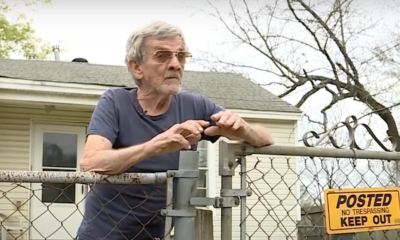
 Tactical7 months ago
Tactical7 months ago70-Year-Old Fends Off Intruder with Lead-Powered Message
-
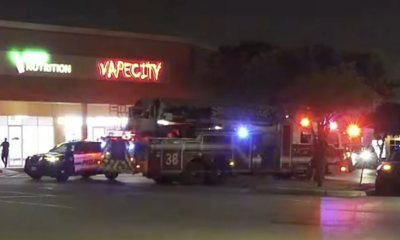
 Tactical7 months ago
Tactical7 months agoVape Shop Employee Confronts Armed Crooks, Sends Them Running
-

 Preparedness2 months ago
Preparedness2 months agoGood Samaritan Saves Trooper in Harrowing Interstate Confrontation
-
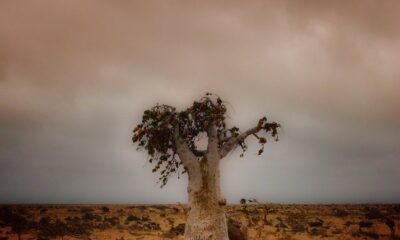
 Survival Stories1 year ago
Survival Stories1 year agoEmily’s 30-Day Experience of Being Stranded on a Desert Island
-
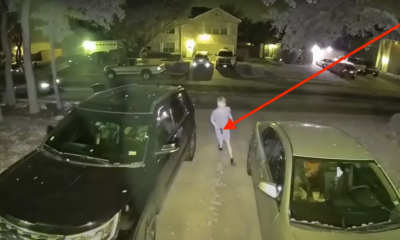
 Tactical7 months ago
Tactical7 months agoMidnight SUV Theft Interrupted by Armed Homeowner’s Retaliation
-

 Preparedness2 months ago
Preparedness2 months agoArizona Engineer’s Headless Body Found in Desert: Friend Charged
-

 Preparedness2 months ago
Preparedness2 months agoBoy Saves Dad from Bear Attack with One Perfect Shot
Michael Gregory
March 29, 2024 at 9:01 pm
This is a touchy situation. The two men were perhaps drinking together. Then they argue and one shoots the other. This does not fit the scenario of a break in. So it’s up to the judge and jury if these are the only facts. It’s not necessarily self defense unless there are other undisclosed circumstances.